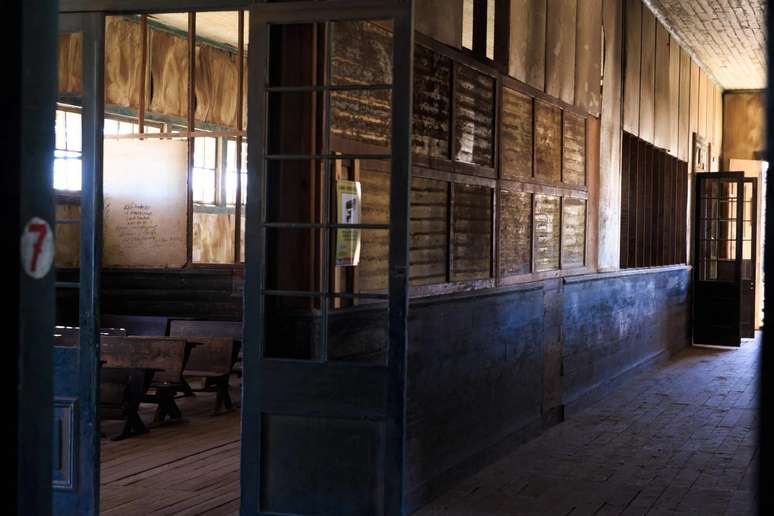The professor of UNIFESP explains the difficulties in incorporating Lenacapavir in Sus
The recent approval in the United States of Lenacapavir, First long -term formulation injectable For prophylaxis against HIV, it opens a new paradigm in the prevention of infection. The drug has a subcutaneous application Semes
In Brazil, the Prep is available for free from Unified Health System (Sus) From 2018, in a daily oral form, with the disoproxil + tenofovir scheme. Although effective, this approach depends on the continuous adhesion, which requires the individual to take the tablet daily and regularly attend healthcare facilities.
The data of the Ministry of Health itself indicate the early abandonment of this prophylactic scheme in different populations, with a direct impact on the collective effectiveness of the strategy. However, the injectable formulation (Lenacapavir) acts as a capside inhibitor, a new class of antiretrovirali that acts in several phases of the HIV replicative cycle, demonstrating much more efficiency.
Very powerful antiretroviral
Multiccentric clinical studies have shown 100% success in the prevention of new infections in different groups, highlighting African women and men who have sex with men (HSH). The use of its semester drastically reduces the need for daily adhesion, facilitates the logistics of health care and can minimize the social stigma relating to the visible use of medicines against HIV.
Despite its potential, the incorporation of Lenacapavir in public health systems, as on, faces significant barriers. The first is regulatory: so far, the drug has not been approved by National Health Surveillance Agency (Anvisa) For use as a preparation. Without this approval, the drug cannot be evaluated by the National Technology incorporation commission (CONITEC), which defines the inclusion of new technologies in Sus.
Currently, there are two product registration requests containing the Lanacapavir asset. One in pharmaceutical form injectable solution and the other in compressed pharmaceutical form. Both are treated as a priority from Anvisa.
The process of analysis of the process can be influenced by several factors, such as the technical complexity of the product and the possible need to request complementary data from the company, which often occurs especially in the analysis of new molecules.
The second obstacle is cheap. Researchers from the University of Liverpool in the United Kingdom, they estimated that the real cost of Lenacapavir production would be $ 25 to $ 46 per person per year, considering an optimized production chain. However, the price currently practiced in the United States exceeds $ 28,000 per patient/year, which represents the estimated cost more than a thousand times.
Pressure for cheaper prices
This discrepancy has generated reactions of international entities such as the NonidsWhich publicly presses the pharmaceutical company Gilead Sciences for a accessible prices policy, in particular for medium and low income countries. In response, the pharmacist has established Licenses Volunteer with 17 generic producers for production and distribution in over 90 low -income countries, however, excluding Brazil, Argentine and South Africa.
The decision to leave out high income countries, which concentrate a significant burden of HIV and have consolidated public health systems, illuminates a global notice: innovation is in danger of becoming selective, elitist and limited to the global North.
The choice of Gilead’s pharmacist by a limited access model compromises the principles of equity and health as a universal human law. Although the company affirms that it intends to apply price strategies staggered in countries outside generic licenses, this has not yet been translated into public proposals for Brazil.
Silence on concrete costs makes it impossible to plan national systems and delay series discussions on the feasibility of incorporation in the Sus. In addition to regulatory and economic barriers, there is a structural and social component. The Semes application in these contexts, the half -yearly injection can represent the only realistic alternative of sustainable adhesion.
Political decision to incorporate in Sus
If, on the one hand, science has a robust solution to old challenges, on the other the global health governance structures expose their limits. The medium -income countries, such as Brazil, have had to face a paradox: they have logistical abilities, qualified technicians and structured health networks, but are not included in global access strategies because they are not poor or quite profitable enough.
In this scenario, Brazil must react with firmness and purpose. It is essential that Anvisa accelerates the regulatory evaluation process of the new drug. In addition, CONITEC must open a public discussion on the injection preparation. The Federal Government, in turn, should press for licenses and technologies transfer agreements, even allowing national production through workshops such as Farmguinhos or Biomguinhos. This movement is not only technical: it is political, strategic and ethical.
The HIV epidemic is still a living reality in Brazil, with persistently high infection rates in various regions and social profiles. Scientific innovation translates into a real impact only if accompanied by political will, sustainable funding and commitment to equity. Without this, the drug injectable for pre-exhibition prophylaxis risks being only another technological progress that comes late or does not even need those who need it.
This content was originally published in The conversation. To read the original text, .
Source: Terra
Ben Stock is a lifestyle journalist and author at Gossipify. He writes about topics such as health, wellness, travel, food and home decor. He provides practical advice and inspiration to improve well-being, keeps readers up to date with latest lifestyle news and trends, known for his engaging writing style, in-depth analysis and unique perspectives.








